 Researchers studied the heating of small current lines placed on top of a silicon substrate, simulating the behavior of current transistors.
Researchers studied the heating of small current lines placed on top of a silicon substrate, simulating the behavior of current transistors.
Jan 23rd, 2018
Read more
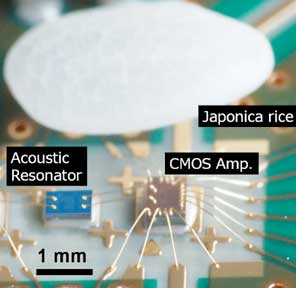 Scientists have developed a simple miniaturized atomic clock system, which does not require a complicated frequency multiplication.
Scientists have developed a simple miniaturized atomic clock system, which does not require a complicated frequency multiplication.
Jan 23rd, 2018
Read more
 Researchers used a new method for synthesizing iron-dysprosium garnet. Magnetic materials of this class are used in microwave and magnetic photon equipment. Iron-dysprosium garnet is understudied and may have previously unknown properties.
Researchers used a new method for synthesizing iron-dysprosium garnet. Magnetic materials of this class are used in microwave and magnetic photon equipment. Iron-dysprosium garnet is understudied and may have previously unknown properties.
Jan 23rd, 2018
Read more
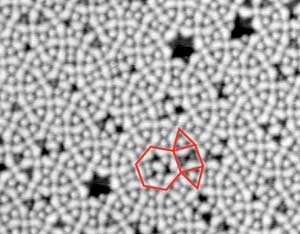 Scientists explain how molecules form complex tessellations through self-organization.
Scientists explain how molecules form complex tessellations through self-organization.
Jan 23rd, 2018
Read more
 Researchers have succeeded in improving the efficiency of Quantum Dot (QD) Light-Emitting Diodes (LEDs) by designing metallic nanostructure substrates.
Researchers have succeeded in improving the efficiency of Quantum Dot (QD) Light-Emitting Diodes (LEDs) by designing metallic nanostructure substrates.
Jan 23rd, 2018
Read more
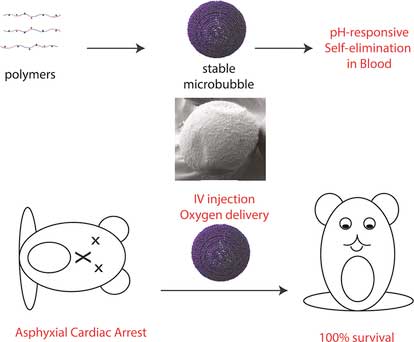 Stable, self-disrupting microbubbles as intravenous oxygen carriers.
Stable, self-disrupting microbubbles as intravenous oxygen carriers.
Jan 23rd, 2018
Read more
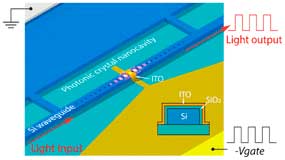 Researchers have designed and fabricated the world?s smallest electro-optic modulator, which could mean major reductions in energy used by data centers and supercomputers.
Researchers have designed and fabricated the world?s smallest electro-optic modulator, which could mean major reductions in energy used by data centers and supercomputers.
Jan 22nd, 2018
Read more
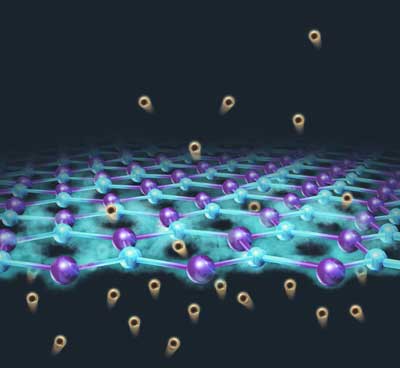 Researchers have discovered another new and unexpected physical effect in graphene - membranes that could be used in devices to artificially mimic photosynthesis.
Researchers have discovered another new and unexpected physical effect in graphene - membranes that could be used in devices to artificially mimic photosynthesis.
Jan 22nd, 2018
Read more
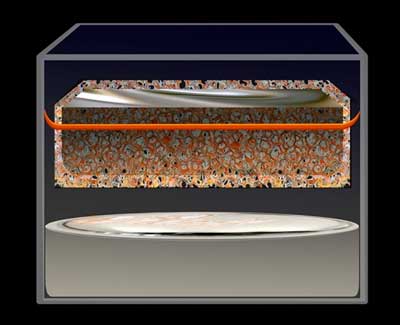 New metal-mesh membrane could solve longstanding problems and lead to inexpensive power storage.
New metal-mesh membrane could solve longstanding problems and lead to inexpensive power storage.
Jan 22nd, 2018
Read more
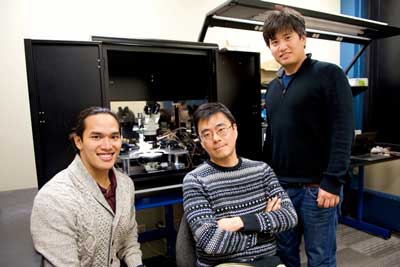 Design is major stepping stone toward portable artificial-intelligence devices.
Design is major stepping stone toward portable artificial-intelligence devices.
Jan 22nd, 2018
Read more
 Researchers discovered that a form of perovskite works surprisingly well as a stable and photoactive semiconductor material that can be reversibly switched between a transparent state and a non-transparent state, without degrading its electronic properties.
Researchers discovered that a form of perovskite works surprisingly well as a stable and photoactive semiconductor material that can be reversibly switched between a transparent state and a non-transparent state, without degrading its electronic properties.
Jan 22nd, 2018
Read more
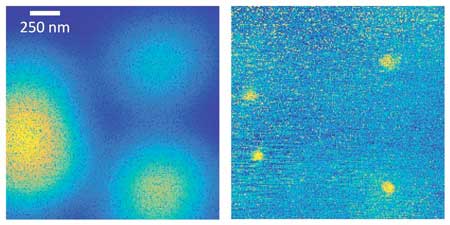 Physicists have developed a technique based on optical microscopy that can be used to create images of atoms on the nanoscale. In particular, the new method allows the imaging of quantum dots in a semiconductor chip.
Physicists have developed a technique based on optical microscopy that can be used to create images of atoms on the nanoscale. In particular, the new method allows the imaging of quantum dots in a semiconductor chip.
Jan 22nd, 2018
Read more
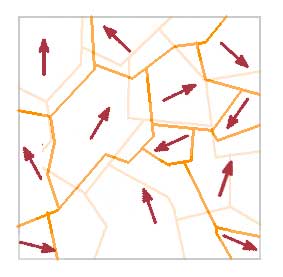 A ferromagnetic semiconductor featuring room Curie temperature.
A ferromagnetic semiconductor featuring room Curie temperature.
Jan 22nd, 2018
Read more
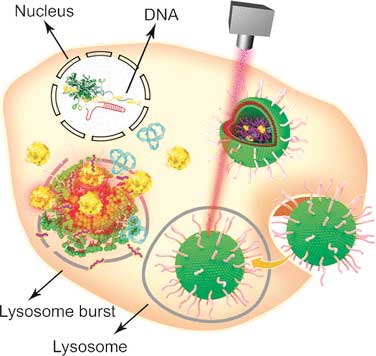 Thermo-triggered release of a genome-editing machinery by modified gold nanoparticles for tumor therapy.
Thermo-triggered release of a genome-editing machinery by modified gold nanoparticles for tumor therapy.
Jan 22nd, 2018
Read more
 Scientists report the development of an inexpensive, efficient catalyst material for a type of fuel cell called a polymer electrolyte membrane fuel cell (PEMFC), which turns the chemical energy of hydrogen into electricity and is among the most promising fuel cell types to power cars and electronics.
Scientists report the development of an inexpensive, efficient catalyst material for a type of fuel cell called a polymer electrolyte membrane fuel cell (PEMFC), which turns the chemical energy of hydrogen into electricity and is among the most promising fuel cell types to power cars and electronics.
Jan 22nd, 2018
Read more
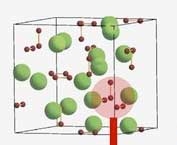 In new work, researchers report a Verwey-type charge-ordering transition in a different class of mixed-valence compounds that is composed of negatively charged dioxygen molecules.
In new work, researchers report a Verwey-type charge-ordering transition in a different class of mixed-valence compounds that is composed of negatively charged dioxygen molecules.
Jan 22nd, 2018
Read more
 Researchers studied the heating of small current lines placed on top of a silicon substrate, simulating the behavior of current transistors.
Researchers studied the heating of small current lines placed on top of a silicon substrate, simulating the behavior of current transistors.















 Subscribe to our Nanotechnology News feed
Subscribe to our Nanotechnology News feed